Christa Holka is an American photographer based in London. She holds an MA in Fine Arts from the Central St. Martins College of Art & Design in London, a BFA in Photography from Columbia College Chicago, and a BA in Literature from The State University of New York. There are many reasons I went through the trouble to meet her at the cozy FIRST OUT CAFE-BAR in central London to discuss her work. At a first glance, Christa struck me to be a stylish, hip, cool, creative, on-the-scene individual with a mission – specifically a queer mission, which she rushed to define for me in Judith Butler’s words:
My understanding of queer is a term that desires that you don’t have to present an identity card before entering a meeting. Heterosexuals can join the queer movement. Bisexuals can join the queer movement. Queer is not being lesbian. Queer is not being gay. It is an argument against lesbian specificity: that if I am a lesbian I have to desire in a certain way. Or if I am a gay I have to desire in a certain way. Queer is an argument against certain normativity, what a proper lesbian or gay identity is.
Christa turned out to be down-to-earth conversationalist, whose vision and agenda is not coincidental but rather rooted in the very core of who she is. Back in Chicago, she was a member of the infamous The Chicago Kings, a drag performance troupe that played a key role in the development of her work. In an Artxxmagazine interview, Christa sums up that experience:
After my first time on stage with the Chicago Kings, I was totally hooked. I mean how could I not be? At our first show there were over 300 people in this tiny back room of a sports bar in a weird neighborhood in Chicago’s West Loop and that night the bar was having some kind of flooding problem, but that didn’t stop anyone. The night was electric. The crowd was hungry and we were feeding them. It was like everyone had been waiting for this moment and finally it was there. What was so attractive about us? Jeez! I’m not sure! Maybe that’s a better question for people who were in the audience? For me, what I liked about it was being on stage, performing and getting so much attention for it. Girls were screaming, always wanting more! I seriously felt like a rock star sometimes. In the beginning I didn’t really think about the provocative statements we were making, it was just happening. It was a lot of collaborating and many of us were artists so it was this big performative collaboration that happened to be drag king performances.
A highly social artist, Holka has made it her business to capture moments of queer manifestations with her Canon 5D or the Canon Ixus 960IS (digital point and shoot), Mamiya 645 Pro, or even her Diana Holga. She has long earned the trust of her subjects and nearly 50,000 images prove just that. They can be found on Flickr, Facebook, and her own website. Befriend Christa to get a sense of why she is also knows as the Queer Paparazzi and if you happen to be a socialite in London, be aware of the lady behind the flashes.
The predecessors responsible for Christa’s career path are: Nan Goldin Claude Cahun, Philip Lorca di Corcia, Tina Barney, Larry Clarke, Brian Finke, Wolfgang Tillmans, Dash Snow, Martin Parr, Guy Bourdin, Nikki S. Lee, Larry Sultan and others.
Read on, simply because what the naked eye sees as a plaid-shirt community, the camera lens re-articulates as a culturally and politically queer archive.
Georgia Kotretsos: Let’s take this from the beginning… tell me about the community that fills your memory cards. What does it mean to you? What are you looking at and for through your camera lens?
Christa Holka: Well, my community is made up of my very close friends, acquaintances and people in general who are engaged with non-normative temporalities, people on a different timeline than heteronormative culture. Like, we go out and play in the park at midnight and ride bikes through the streets and play games at times when people in normative communities are doing the whole reproductive schedule thing: get married, buy a house, have kids, etc. I mean, of course queers are also doing that in various ways, and I’m not against that, it’s just not the schedule I’m on at the moment. My community is also a time and a place where I feel a sense of belonging. My friends mean the world to me; they are a part of me. I think of them like family. I’m looking at my community through my camera, trying to write a part of a queer history capturing glimpses of the time and space I occupy. Like historians, I’m looking for a way to make sense of what’s happening now, looking at the past, to look forward to what’s next.
GK: What are your thoughts on vanity and queer culture? Our generation has grown up with Vanity Smurf and his blue friends…a character that has been re-produced again and again on the big and small screen. How does your work deal with this kind of stereotype?
CH: Wow this is quite a question! I hadn’t thought about Smurfs in a while so I just did a refresher on YOUTUBE. I mean, don’t you think all the Smurfs were gay? There were something like 100 shirtless little blue men and like one or two female characters. And Smurfette, what a fag hag! Of course, I’m aware of vanity and how it is manifested in gay culture, but I’m not so sure it’s something I think about in terms of my work. That’s not a question I intend to address in what I’m doing. But to put it back to you, do you think, as a viewer of my work, that my photographs are saying something about this? I’m curious because I have been, on occasion, accused of only photographing the “beautiful people,” which again, is not something I do intentionally (I just happen to surround myself with beautiful people).
When I think about vanity and queer culture in terms of how it’s manifested in popular culture and in the media, I think that yes, queer culture is often framed like this. Vanity Smurf’s character is an extreme of that and works in the way stereotypes work. And yes, Vanity Smurf is just one example of many iterations of this character. So in this context, I suppose my work could be working against these stereotypes in the way that an historical archive (my photographs of my friends) works versus fictional television or film (Vanity Smurf).
GK: Cyberspace plays a key role in the way in which you choose to show/exhibit/distribute/share/circulate your work. You are stretching the meaning of exhibition space while creating your own network of viewers. When did you decide to turn the web into your “white cube” and how important is viewers’ daily feedback to your work?
CH: I think about my practice as situated in a very queer space and time. My work exists in mostly digital formats, on digital memory cards, hard drives, and, most importantly, on the Internet. The Internet is often my studio space and gallery space. I find myself less and less interested with the four white walls, the physical space of a studio or a gallery, and more interested in the amazing, far reaching possibilities of non-traditional spaces especially the Internet, social networks, online galleries, etc. Like so many, I’m quite disenchanted with the whole art world machine and feel less and less connected to it every day.
I cannot really pinpoint the exact moment this transition from gallery to Internet happened; I think it was a more organic, gradual thing – something I didn’t do intentionally, but rather it happened the same way that the Internet has become more and more involved in our daily lives. I’ve always been interested in alternative art spaces versus the traditional, but yes, the Internet has been this prime space to show work and have this work seen by much wider audiences than, say, a gallery. It feels more connected and available to me and in this way I feel more connected and available to my audience. I am very interested in this, actually, this idea of my viewers looking for themselves in my photographs. It’s definitely one way I can see that my photographs are DOING something. There is an action to them in this space, a back and forth in a way that maybe doesn’t really exist in a gallery. I like this back and forth and it’s definitely something I try to do in my work.
While I definitely think about the Internet a lot, it’s not the only venue for my work. I think it’s but one solution to curating the massive amount of images I have created over the years (the number at this stage somewhere around 40,000 images). Curating a library of this number is incredibly daunting. It’s also very exciting to think about the possibilities! Another solution I’ve used is making experimental video and at some point soon, I plan to try to publish a book (or two or three!).
GK: It’s time to specifically address your haven. From talking to you, it became apparent very quickly that you’re an artist on the go. What comes to mind when I say the words ‘artist’s studio’ to you? What constitutes your creative haven right now and what would your ideal setting be?
CH: I think about my practice and my life as non-traditional and while I think a physical studio is nice, I don’t think it’s a necessity for me and my work. It’s not to say I don’t think studios are important to other artists and their work (or even to me), just that I can and will always make things with or without a studio. I suppose the biggest obstacle for me having a studio is a financial one. But honestly, if I felt like I couldn’t do what I do without a studio, I would certainly figure out a way to make it happen. I totally value the artist’s studio as a space removed from life, a space to focus and think and make, yes definitely. I would love to have a studio and in an ideal world, I’d have one, but for now, my laptop, my cameras, hard drives, and the Internet serve as that space.
GK: You have traveled and seen places. Is London the place you call home, your final destination?
CH: Yes, I call London home — for now. I think at this point in my life I can safely say that I’m not a person with a final destination. I’ve lived in many places. I was born in Niagara Falls, New York. At age four, my parents moved us to Huntington Beach, California, where we stayed until I was about age 10. At 10, I moved back to upstate New York to Grand Island, New York, where I stayed until I was age 20. At 20, I moved to Madison, Wisconsin, where I spent the next three years until I moved to Beijing, China, where I lived for one year teaching English. After China, I moved to Chicago, Illinois, where I lived for eight and a half years.
I used to think that it wasn’t ok – that I should settle down, and maybe I will, but I can’t say I know that right now. I came to London at the end of 2007 to do my MA in Fine Art at Central St. Martins. I didn’t know anyone here, except for my first flatmate who I’d met through an old friend in Chicago. London was exactly what I needed at that time because I’d been living in Chicago for over eight years. I felt very comfortable there, very connected. I knew lots of people. It was easy for me to make work, live, everything. This isn’t bad, all that comfort, but I needed some kind of challenge that I wasn’t getting there.
In my MA course at Central St. Martins I became connected to many other artists and from those artists I met other artists and so on. I’ve now found myself in a wonderful network of working artists and creative people, who are all so inspiring. I’ve found a queer community that grows bigger and bigger every day. Not only am I constantly photographing, but I am also always connected to a creative process, no matter what I am doing. I love London for this. It’s not to say that didn’t exist in the other places I’ve lived, but it’s what I’ve concentrated on making my life in London.
People often ask me why London? Why not, say, New York? I love New York, don’t get me wrong; I think I will end up there at some point, but for now I’m really in this place, I feel like I have so much momentum, so much is happening in the direction I’ve always wanted to be going that I can’t think of anywhere else I should be. There’s also a very sort of tough energy about London that I really love, it’s always pushing me forward, pushing me to do more, do better. It’s this motivational current I hadn’t experienced in the other places I’ve lived. And, for me, right now, it feels so right, like something I couldn’t live without.
GK: Artists are not particularly known for their lucrative career choices — they are people of many hats. What is the occupation behind the artist?
CH: Well, lucrative or not, everything I do to support myself since living in London is somehow related to art or some kind of creative process. And yes, I definitely do wear many hats in this respect! Before I moved to London, I spent over eight years as a legal secretary in a huge law firm. I still can’t believe I did that for so long! It was a job I felt like I needed to have for health insurance purposes, because as you know in the U.S., we don’t have health care for all. That situation kept me in that job I just had no interest in, just so that I could have health insurance. Of course I would do my art stuff after work (or actually, quite often I’d be doing my own thing while on the job), but I had to leave that office life.
I came to London to change it all and I have. I do several things in order to pay my rent. First, I do a lot of freelance photography. Most of my freelance work is documenting live art/artists in London, stills photography on film sets and television, and occasionally I photograph events (most often art events). I am also a photographer’s assistant to a fashion photographer. I also work quite often in set design and art direction for fashion and film. Finally, I keep a part time job at an artspace in Shoreditch. Working freelance has been so amazing. I love all of the things I do. They all engage me in different ways, keep me thinking and inspired and inform my practice in some way. At the same time, I suppose I haven’t chosen the full time artist lifestyle, but to be honest, I don’t know that it would actually suit me. And maybe this is yet another way I can think about a queer life/lifestyle?
And, that’s a wrap!

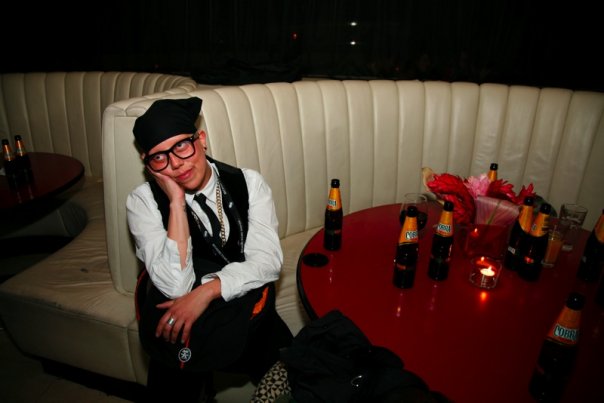
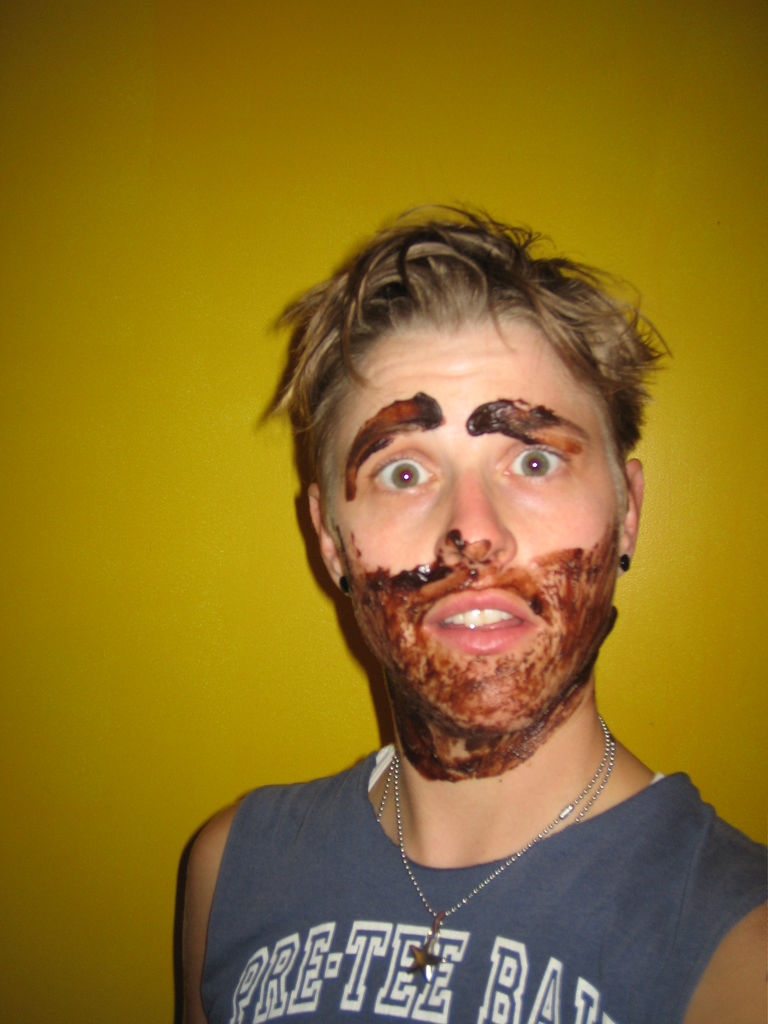
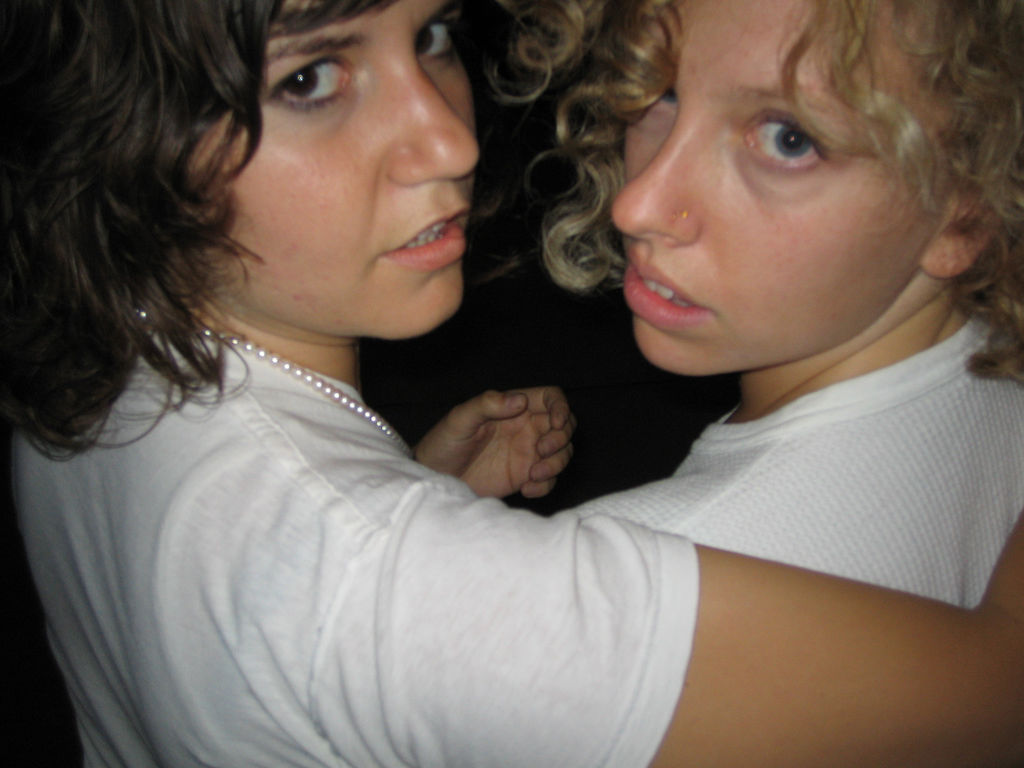
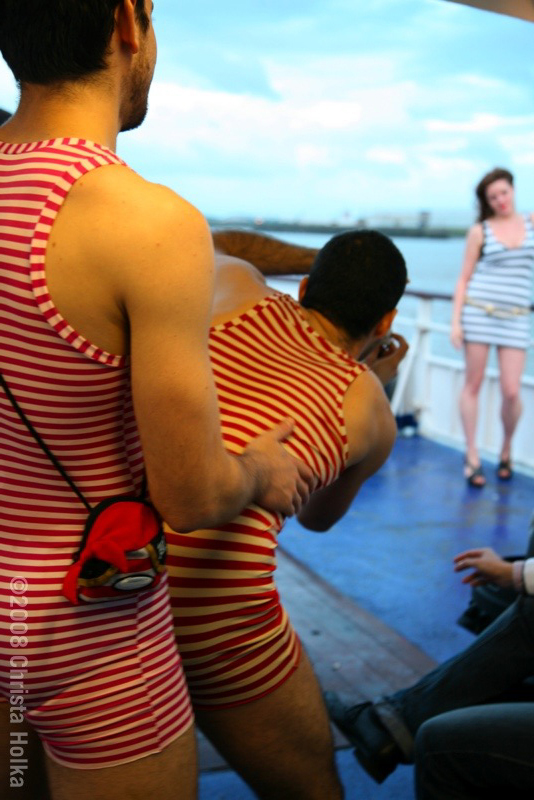
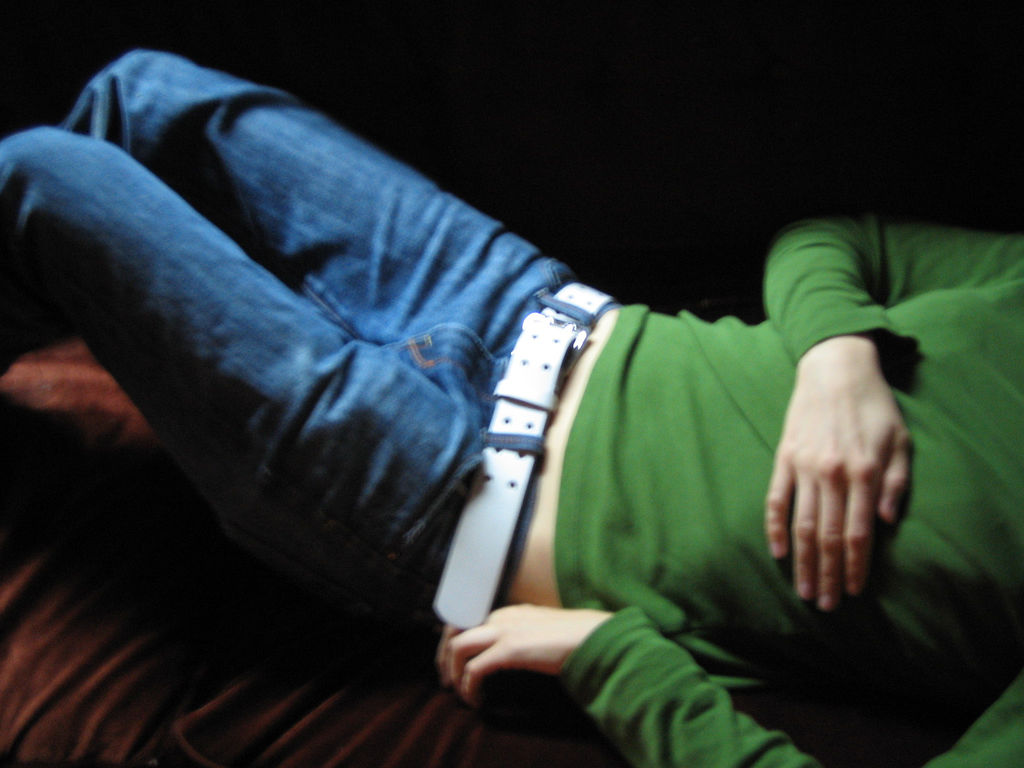
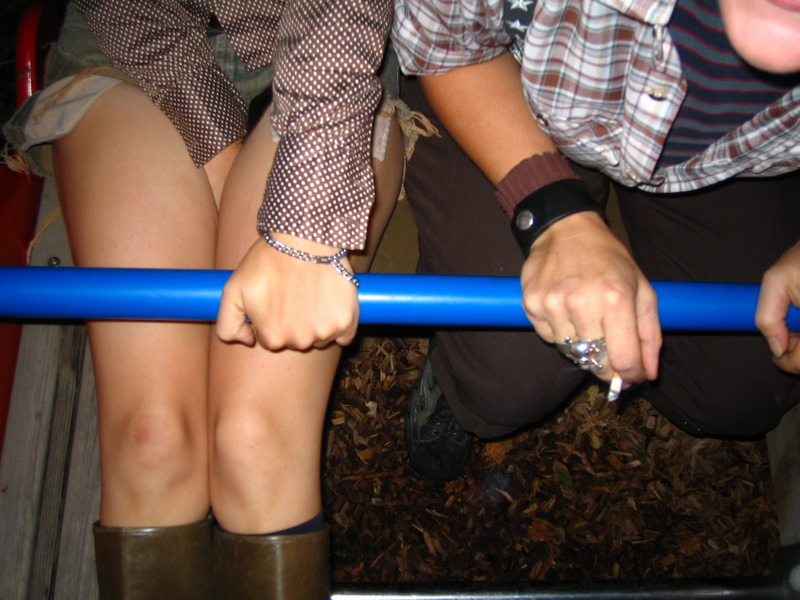
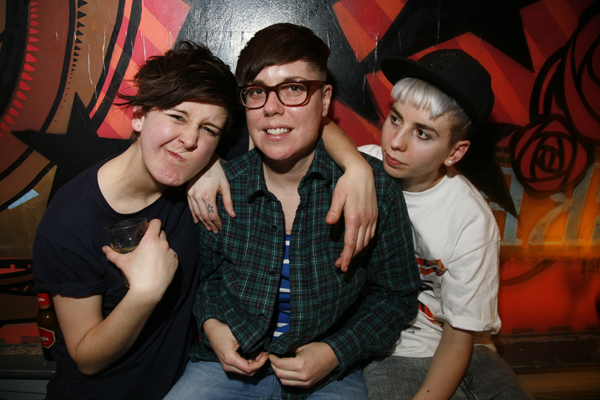
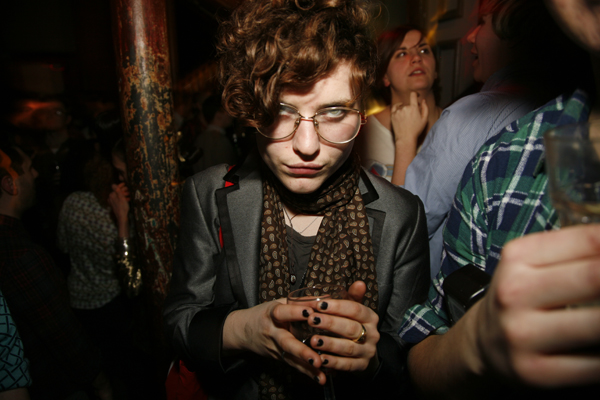
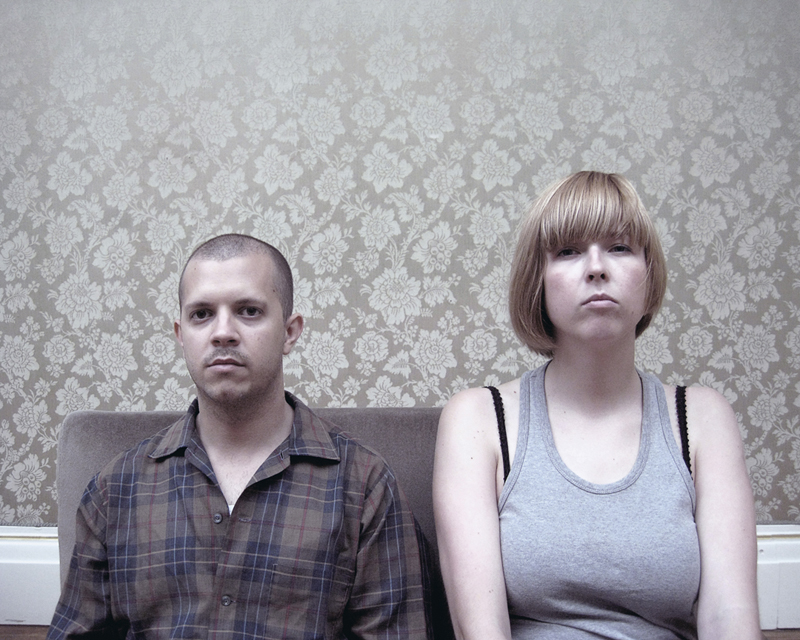
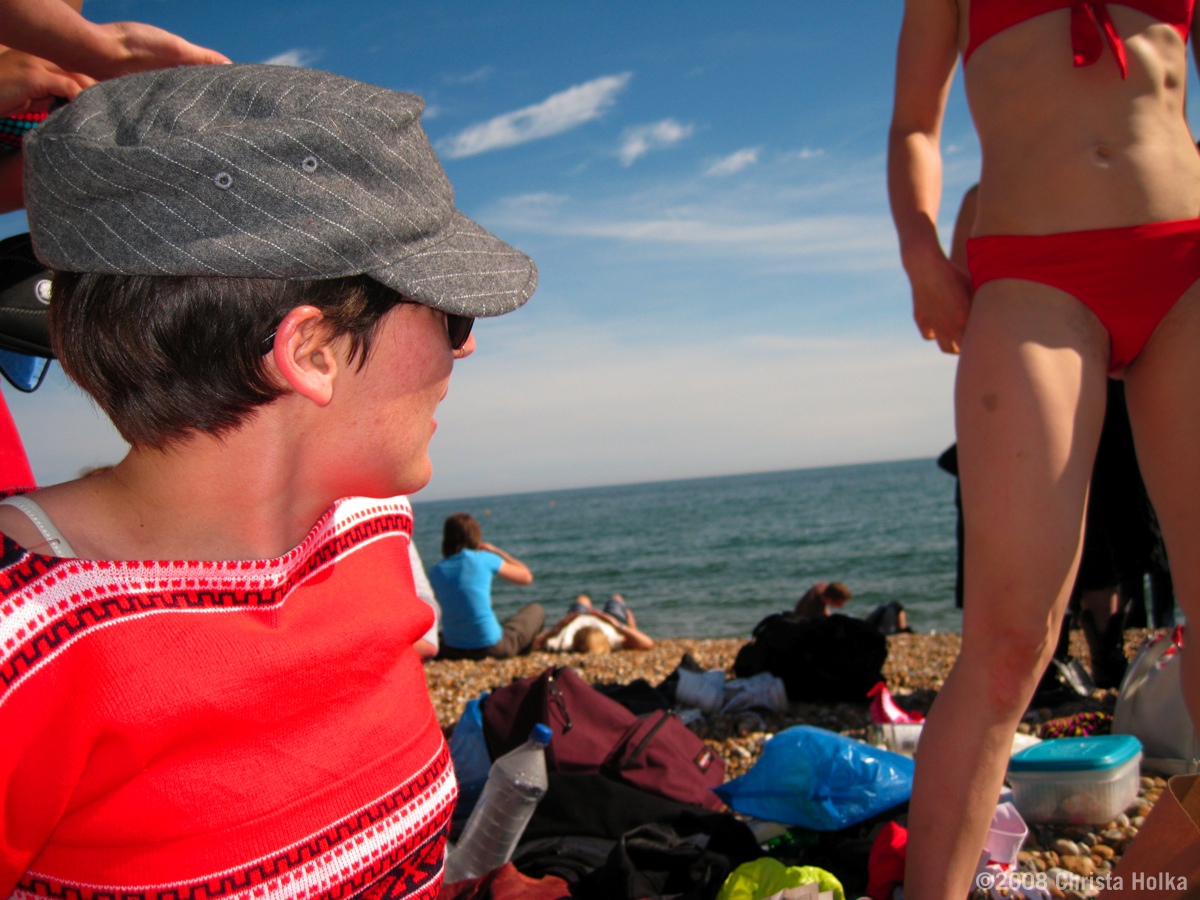
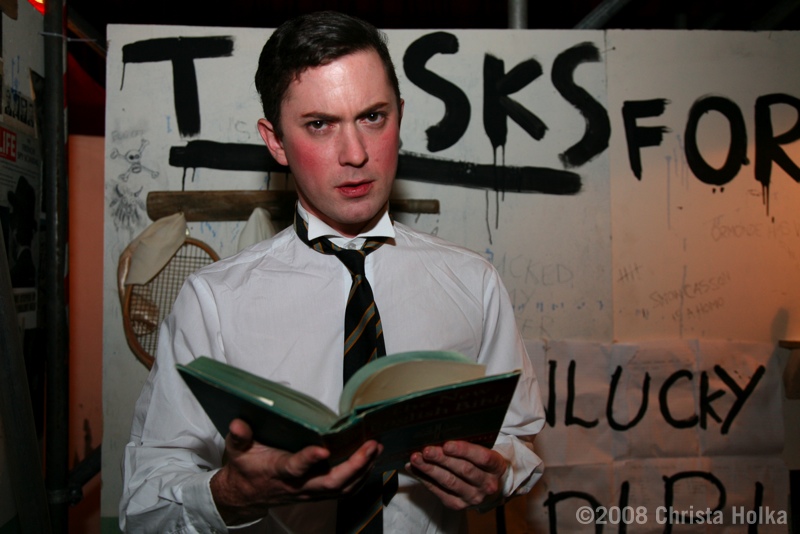
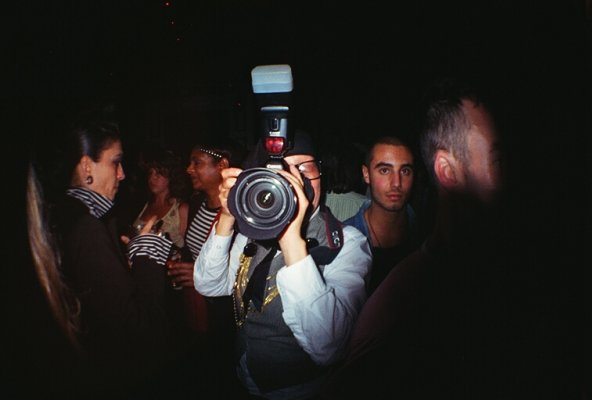



Pingback: What’s Cookin at the Art21 Blog: A Weekly Index | Art21 Blog